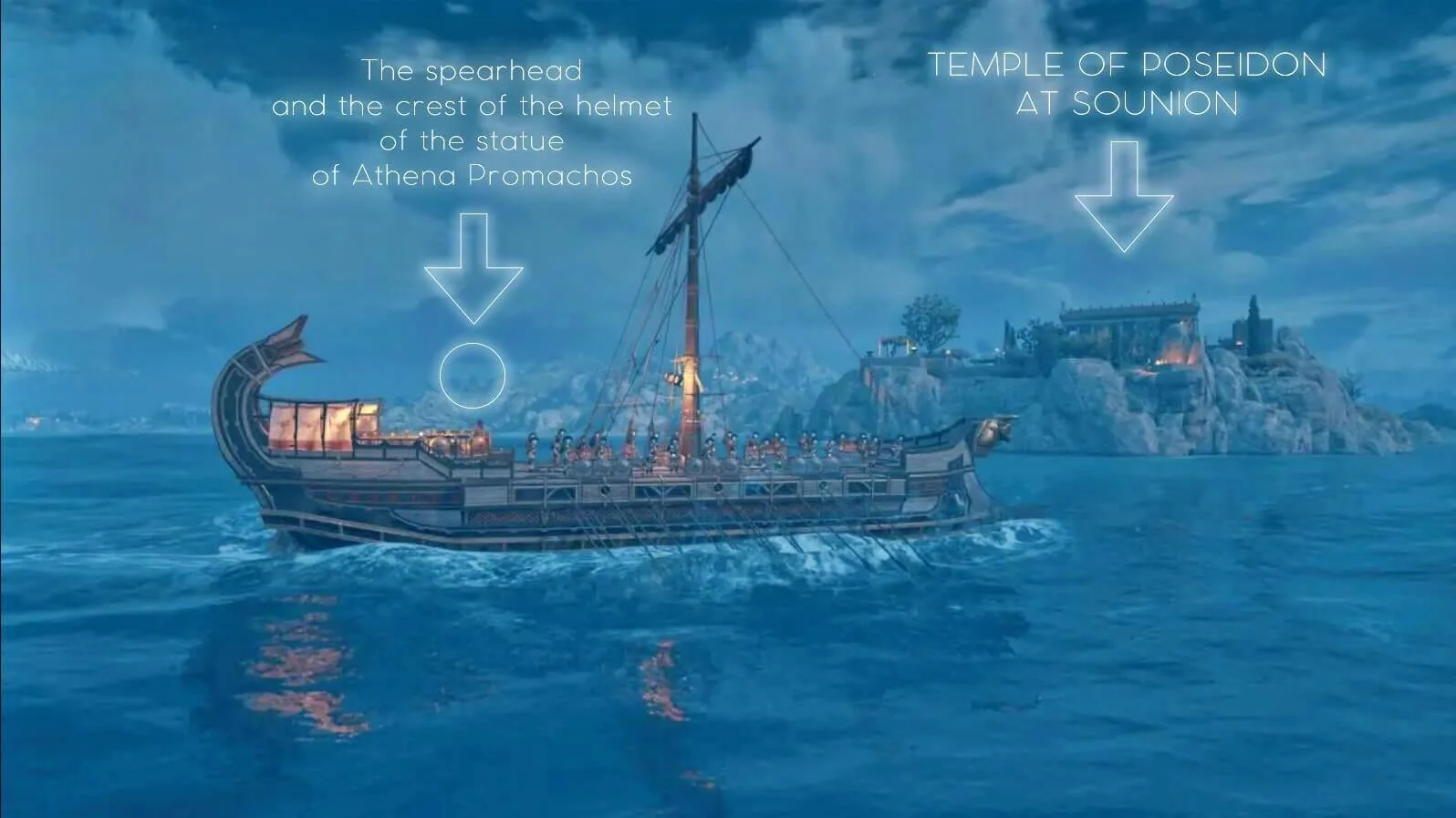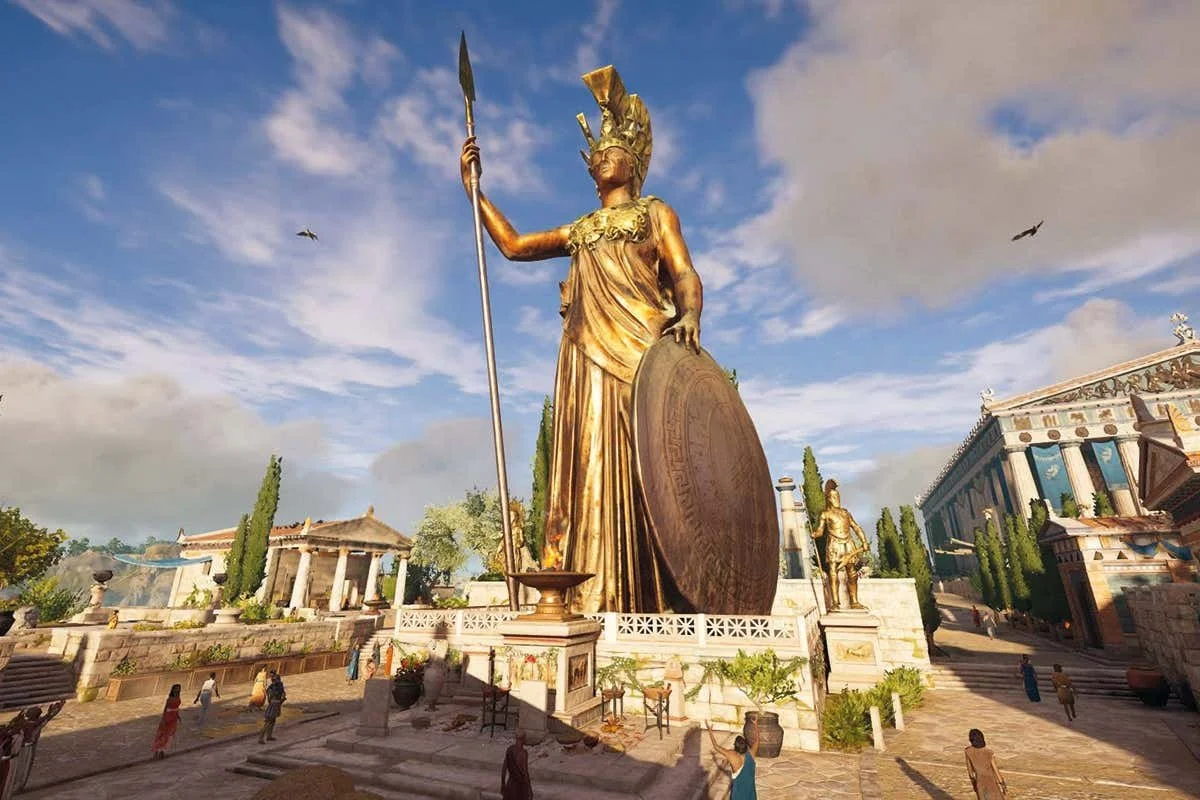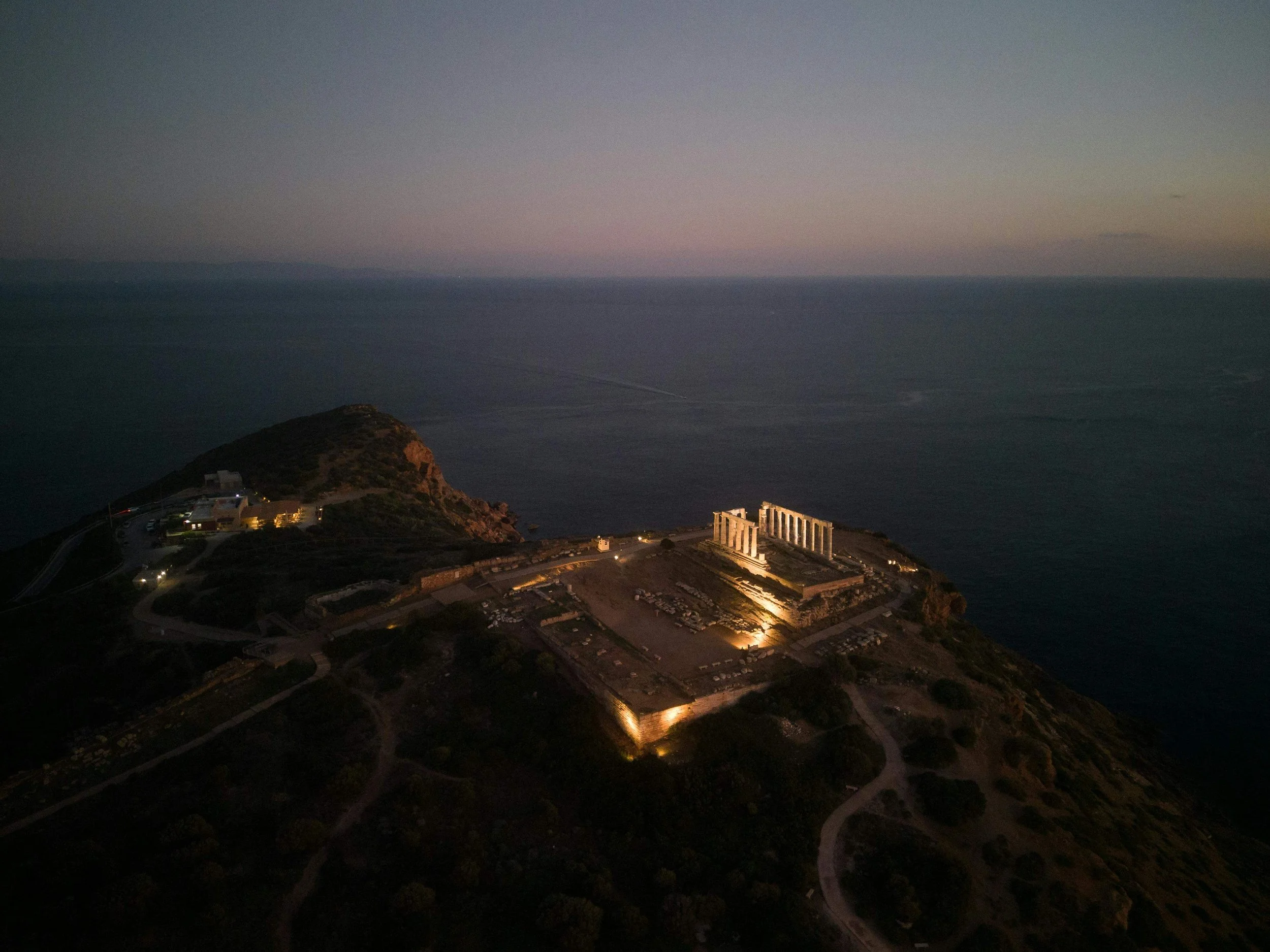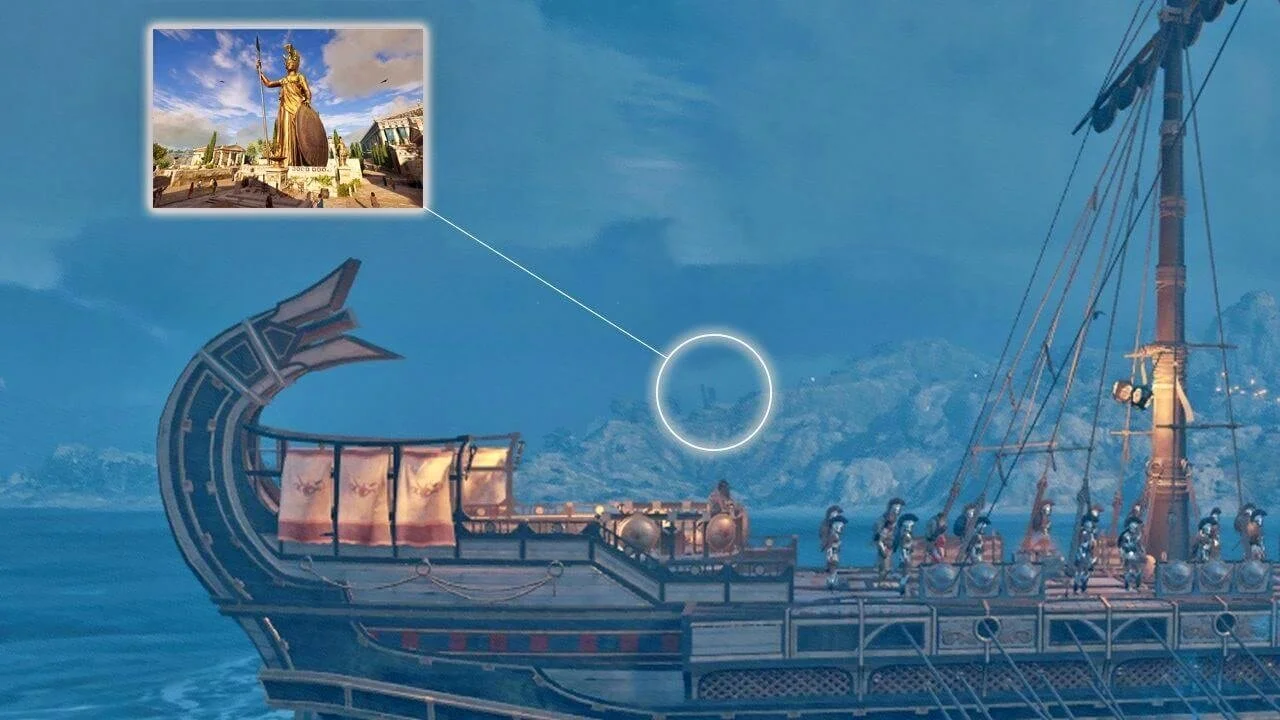The ancient world comes to life through video games, where historical accuracy often merges with creative storytelling. One such example is the remarkable depiction of the colossal statue of Athena Promachos in the popular game Assassin's Creed Odyssey. This representation is not just a random piece of artistic license but a faithful recreation rooted in historical descriptions, particularly those provided by the 2nd-century AD traveler and geographer, Pausanias. His work, Description of Greece (Hellados Periegesis), serves as a crucial bridge between classical literature and modern archaeology, offering detailed insights into the ancient world that still resonate today.
The Historical and Cultural Significance of Athena Promachos
According to Pausanias, Athena Promachos, also known as "the great bronze Athena," was a sizeable statue that once dominated the Acropolis of Athens. It was a sculpture by the well-known artist Pheidias that towered over Athens' sacred hill between the Propylaea and the Parthenon. This imposing figure of the goddess Athena, revered as both the protector of the city and the embodiment of wisdom and warfare, was made entirely of bronze and stood approximately thirty feet tall.
The statue is believed to have been commissioned as a votive offering in gratitude for a significant military victory. While there is some debate over which conflict it commemorated—whether the Battle of Marathon or the Persian Wars—it is widely accepted that it was a symbol of Athenian strength and resilience. Pausanias' account vividly describes how the spear of Athena Promachos was so enormous that it could be seen from afar, even by sailors navigating the waters near Cape Sounion, some seventy kilometers southeast of Athens. This visual connection between the statue and the sea not only underscored Athena's protective presence but also symbolized the far-reaching power of Athens during its Golden Age.
Statue of Athena Promachos. credit: Assassins Creed Odyssey by Ubisoft, (Game Screenshot)
Cape Sounion: A Strategic and Symbolic Location
Cape Sounion, the promontory at the southernmost tip of the Attic peninsula, plays a significant role in this historical narrative. Famous for its Temple of Poseidon, another monumental structure of ancient Greece, Cape Sounion was a critical maritime location. The temple, perched on the headland surrounded by the Aegean Sea, served as a landmark for ancient sailors, much like the towering spear of Athena Promachos did from the Acropolis. This natural and architectural synergy between land and sea highlights the interconnectedness of Athenian religious, cultural, and military power.
The significance of Cape Sounion goes beyond its religious and maritime importance. It served as a sentinel point for the Athenian navy, watching over the crucial trade routes and protecting the city-state from potential invaders. The Temple of Poseidon and the sight of Athena Promachos from the Acropolis would have reinforced a sense of security and divine favor for those approaching Athens, whether by land or sea.
Photo: Zois Fotis
Pausanias: The Chronicler of Ancient Greece
Pausanias, whose detailed descriptions have allowed modern scholars and enthusiasts to connect with the ancient world, was more than just a traveler. Born in Lydia in 110 AD, he spent nearly three decades exploring Greece, documenting its monuments, sacred spaces, and geographical wonders. His Description of Greece is an invaluable source that offers a snapshot of the cultural and religious landscape of Greece during the Roman Empire. Pausanias' work is not just a topographical guide; it delves into the myths, history, and societal values of the time, making it an essential resource for understanding the ancient world.
John Elsner, in his article "Pausanias: A Greek Pilgrim in the Roman World," suggests that Pausanias' journey through Greece was more than a mere exploration; it was a pilgrimage to reclaim and preserve the glory of a Greek past that was still relevant in his time, despite the dominance of Rome. His descriptions serve as a testament to the enduring legacy of Greek culture and its influence on the Roman world, as well as its lasting impact on modern times.
Cape Sounion and the Temple of Poseidon on June 9, 2018, Photo: George E. Koronaios
From Pausanias to Assassin’s Creed: A Journey Through Time
The meticulous recreation of Athena Promachos in Assassin's Creed Odyssey is a testament to the enduring influence of Pausanias' work. The game, set in an open-world environment that captures the essence of ancient Greece, allows players to experience the grandeur of the Acropolis and its iconic landmarks, including the imposing statue of Athena Promachos. The developers of the game have taken great care to ensure that the statue's depiction aligns with historical accounts, particularly in its visibility from afar—a feature that Pausanias highlighted in his writings.
While the game necessarily condenses distances and alters certain aspects for gameplay purposes, the essence of the historical landmarks remains intact. The sight of Athena Promachos’ spear visible from the coast of Cape Sounion in the game echoes the ancient reality described by Pausanias, providing players with a tangible connection to the past.
Here is the original description of Pausanias, with an English translation by W.H.S. Jones, Litt.D., and H.A. Ormerod, M.A., in 4 volumes. Cambridge, MA, Harvard University Press; London, William Heinemann Ltd., 1918:
[1.28.2] In addition to the works I have mentioned, there are two tithes dedicated by the Athenians after wars. There is first a bronze Athena, tithe from the Persians who landed at Marathon. It is the work of Pheidias, but the reliefs upon the shield, including the fight between Centaurs and Lapithae, are said to be from the chisel of Mys, for whom they say Parrhasius the son of Evenor, designed this and the rest of his works. The point of the spear of this Athena and the crest of her helmet are visible to those sailing to Athens, as soon as Sunium is passed. Then there is a bronze chariot, tithe from the Boeotians and the Chalcidians in Euboea. There are two other offerings, a statue of Pericles, the son of Xanthippus, and the best worth seeing of the works of Pheidias, the statue of Athena called Lemnian after those who dedicated it. (“Description of Greece”, Attica, Athens)
The Intersection of History and Modern Media
The accurate representation of Athena Promachos in Assassin's Creed Odyssey serves as a powerful reminder of the importance of historical sources like Pausanias in modern interpretations of the ancient world. By blending history with interactive media, the game not only entertains but also educates, bringing the awe-inspiring achievements of ancient Greece to a global audience. The legacy of Athena Promachos, preserved through both Pausanias' writings and modern digital recreations, continues to inspire and captivate, bridging the gap between past and present in a way that is truly remarkable.











